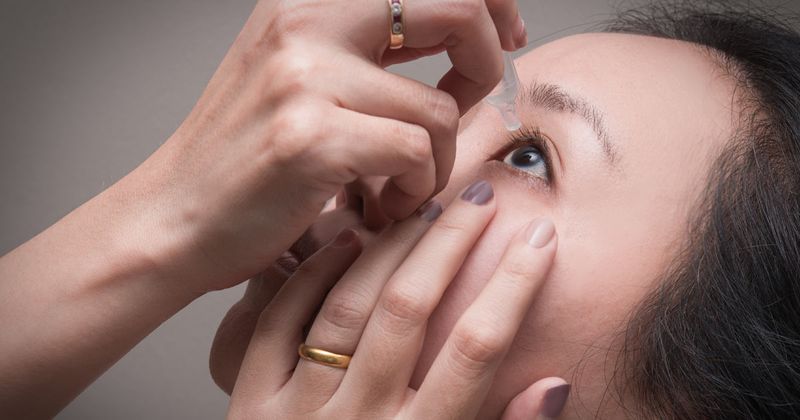Total IgE in tears reflects seasonal allergic conjunctivitis severity, prognosis
Providers can measure total IgE levels in tears to rapidly and immediately diagnose seasonal allergic conjunctivitis in addition to predicting its severity and prognosis, according to a study published in Clinical and Translational Allergy.
The prospective, nonrandomized study involved 55 patients (mean age, 31 years; age range, 7 to 56 years; 19 males) enrolled between March and August 2020, as well as 10 age-matched and sex-matched healthy control participants, Jiayu Bao, doctoral student and research assistant at Beijing Institute of Ophthalmology, and colleagues wrote.

These patients tested positive for serum total IgE and were diagnosed with seasonal allergic conjunctivitis (SAC) based on subjective and objective symptoms. The researchers recorded pollen concentrations in the areas where the study participants lived as well.
During the three study visits, held every 2 weeks, participants completed questionnaires, while doctors scored their symptoms and collected 3 µl of tears via a capillary pipette. Also, providers collected 2 ml of blood from each participant during the first visit. Three telephone consultations were then conducted every other month.
All the participants received fluorometholone, olopatadine and sodium hyaluronate eye drops as topical anti-allergy treatment.
The participants diagnosed with SAC had significantly higher baseline concentrations of total IgE in their tears and serum than the controls (P < .01), with a positive correlation between serum total IgE and tear total IgE (Spearman’s correlation coefficient [r] = 0.44; P < .01).
The researchers also found a significant correlation between pollen concentration and total IgE in tears (r = 0.55; P < .01) but not between pollen concentration and serum total IgE (r = 0.26).
Plus, there was a significant positive correlation between itch score and total IgE concentration in tears but not with serum total IgE concentration, with similar results for correlations between total IgE or serum total IgE concentration and tearing, redness, foreign body sensation and burning sensation scores.
Further, the total IgE in the tears of the patients who improved within 7 days of treatment was significantly lower than the total IgE in the tears of the patients who saw improvement after 7 days of treatment (P < .01), although there was no significant difference in serum total IgE concentration between these two groups.
There also was a positive correlation between the total IgE concentration in tears before treatment and the number of days before symptoms improved.
Similarly, while patients who relapsed after discontinuing drug use had significantly higher total IgE concentrations in their tears during the initial visit than those patients who had recovered (P = .03), there were no significant differences in serum total IgE concentrations between these two groups.
As patients improved, there was a significant decrease in concentrations of total IgE in tears (P < .01). There also was a positive correlation between the difference between total IgE concentrations in tears measured at the first visit and first follow-up visit with the difference between total clinical scores recorded at both visits.
Finally, the researchers found a significantly positive correlation between the difference in clinical scores during each 2-week follow-up and the change in tear total IgE concentration.
Based on these findings, the researchers concluded, tear total IgE concentrations may better reflect the severity, development and prognosis of SAC than serum total IgE concentrations. Future studies should investigate IgE ratios in tears and their associations with clinical signs and symptoms, the researchers wrote.
